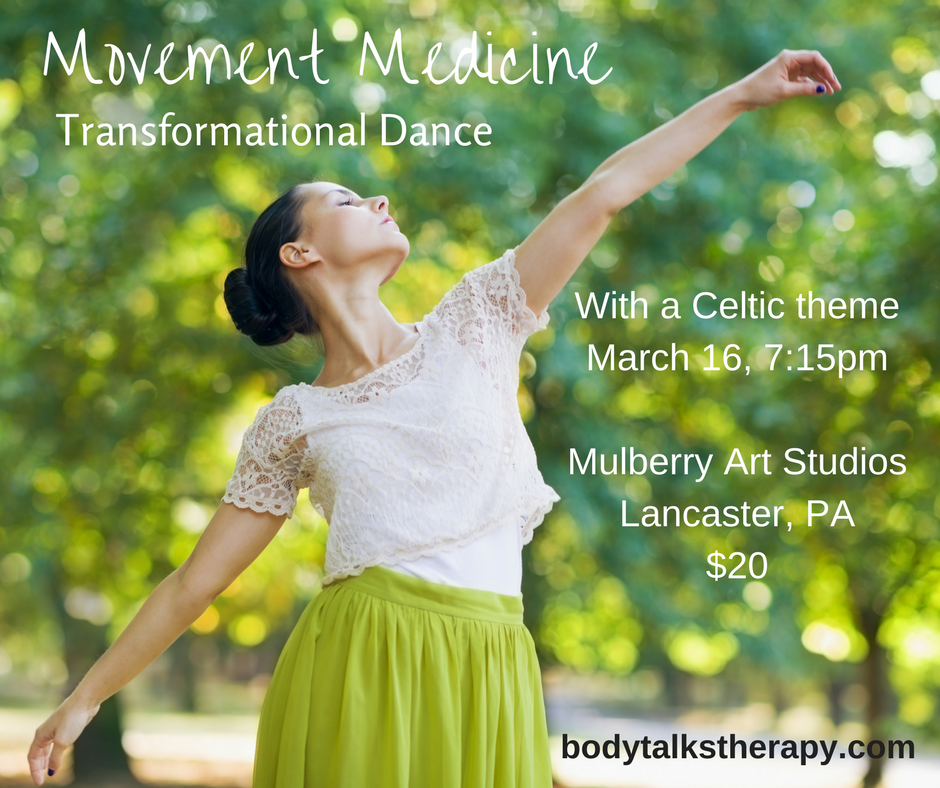Following is an essay I wrote almost two years ago; following the U.S. Presidential election of 2016, its relevance remains:
Tuesday, November 25, 2014, about 18 hours after the announcement in Ferguson, Missouri, that White police officer Darren Wilson would not be indicted for fatally shooting unarmed, Black, 18-year-old Michael Brown last summer:
Helicopters hover about a quarter of a mile from my office on the ninth floor of a skyscraper in downtown Philadelphia. I’m trying to communicate something to my client but am distracted by the noise and the emotions it evokes. Thwop, thwop, thwop, thwop, thwop. The chopper blades quicken and seem to multiply, and my heartbeat hastens to match their cadence. I stop mid-sentence. “I’m sorry,” I tell my client. We exchange pained looks. We know that just a few blocks away protesters are chanting through megaphones as they prepare to march up Broad Street and demonstrate.
I can feel our nation’s collective rage, grief, indignation, and confusion gnawing at my heart and my gut in a way that briefly interferes with my ability to stay in my body—because I feel like I should be doing something. Part of me wants to cradle the nation in my arms and soothe it as I would a distraught child.
I look at the human being sitting across from me. I know that this is where I’m called to be, in this moment, supporting her on her journey so that she can heal and go into the world and touch others similarly. I breathe, bow inwardly to what’s present, and focus my attention on her.
In the moments that follow, the separation between her, me, and the hurt people all over the country dissolves. By touching into the place in myself and loving that which is human in me, I am anchoring the space and holding compassion for her humanness, for everyone’s humanness. Here there is unconditional positive regard and love for all beings.
At the close of my work day, I tend to e-mails, text messages, and missed phone calls. I’m invited to an organized rally in which its photograph on Facebook is, I’m told later, of a protester throwing a molotov cocktail back at the police who threw it into a crowd. Why would they post a photo that could mistakenly lead people to believe their aim is violent, I ask organizers. I’m attacked for my ignorance regarding the “iconic image” and sent private hate mail to my Facebook inbox. “A violent system must be overturned by a violent revolution,” a stranger wrote to me.
My body moves as if underwater, and my thoughts disappear into fog. I decide before I meditate to check my Facebook newsfeed to find out whether the protests taking place all over the country have remained peaceful. What I discover is that people are not just hurting. They’ve lost their minds. I scroll through my smart-phone and see folks lashing out via social media, using terms like, “punks, pigs, Nazis, animals, bigots, racists, animals, savages,” and on and on. One article after another emerges, pointing fingers this way and that. No one is listening to anyone else. Most have become hypnotized into an “us vs them” mentality.
Everyone has a right to their anger, I tell myself. You’re a therapist, you know this. Rage comes out sideways. It must be felt before it can heal, I repeat the mantra I tell my clients. Then my own tears begin to fall. “I have a right to my grief, too,” I whisper. Just as I counsel others to do, I allow the sadness to move through me, give it time to just be.
I sit in meditation afterwards, asking then letting go of the question: How can I serve the greater good in this turbulence? The answer feels warm in my “gut” and then translates into words, for me, for you, for all who wonder, what can we do?
Everyone’s role in healing our planet is unique. For some, it’s writing, acting, painting, or singing. For others it’s legislating, organizing, rallying, or wearing a police badge and enforcing the law. Still others must raise a new generation who will change the social climate. And others will change the world by being their best selves. Only you can access the wisdom within yourself to know exactly how to play it.
But the message is this: It starts with you. Love yourself. Because if you don’t, then you cannot fully love others in that deep and selfless way that facilitates the mending of others’ hearts. If when you witness other people’s behaviors and are quick to label them with hate or with even the slightest tinge of judgment, then you do not love yourself—for the external is a mirror to your internal world. If you accept your imperfections with full compassion, then your perception of the flaws in others will shift as well. Rather than a “punk or a pig,” you’ll see a human being who is afraid, suffering, or does not love himself.
You’ll see something else: that he is you. That they are us. That the only distinction between yourself and others is three-dimensional in space and time. You’ll know on a level beyond reason: We are ONE. There is only one human race, indivisible. Separation is an illusion.
—Allison Brunner, LCSW, RM, Body Talks Therapy
 We’ll open sacred space, sing, set intentions for the new moon cycle, send healing to those hit hardest by the 2017 hurricane season, and engage in group sharing and connection.
We’ll open sacred space, sing, set intentions for the new moon cycle, send healing to those hit hardest by the 2017 hurricane season, and engage in group sharing and connection.




